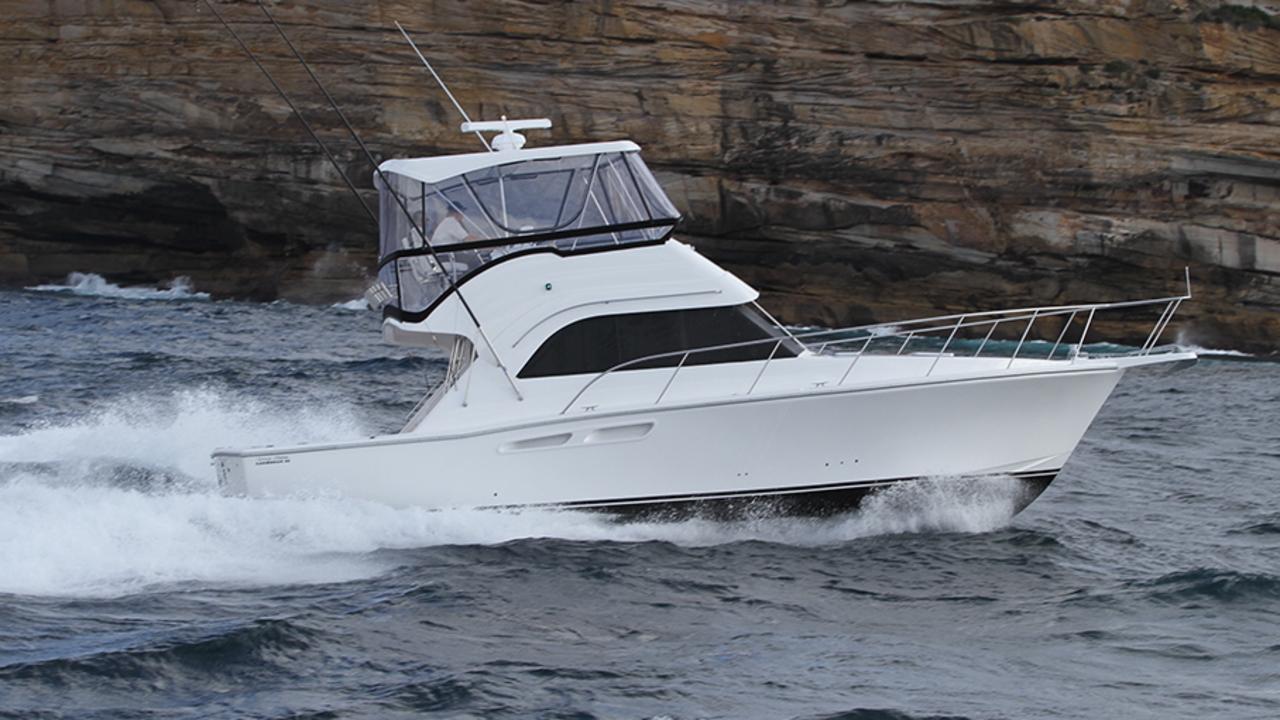BHP chief Mike Henry says hiring more women has given miner a distinctive competitive advantage
BHP chief executive Mike Henry says reaching the 40 per cent female employee milestone across its global ranks has given the miner a ‘distinctive competitive advantage’.

Business
Don't miss out on the headlines from Business. Followed categories will be added to My News.
BHP chief executive Mike Henry says hiring more women has made the business safer, more productive and better performing.
The mining giant recently hit the 40 per cent female employee milestone across its global operations, up from 23 per cent in 2016.
In Australia, BHP is sitting at 35.4 per cent and trying to boost the number of women in its male-dominated iron ore, coal and copper operations.
While Rio Tinto research has indicated a backlash over efforts to promote gender diversity, Mr Henry said the focus on boosting female numbers had proved worthwhile at BHP.
“The efforts that have underpinned this have made BHP a safer, more productive, and better performing business,” he said.
“We have a distinctive competitive advantage in responding to labour and skills shortages across our sector.”
BHP and Rio are defending class actions filed in Sydney and Melbourne at the end of last year that allege they exposed women to sexual harassment, assault and discrimination at their mine sites in Australia over 20 years.
The alleged victims are seeking damages in the Federal Court and claim the two miners were aware of the problems and the risks faced by female workers.
Mr Henry spoke out on gender diversity and the implications on global trade of tariffs imposed by US president Donald Trump and China’s response as BHP released March quarter results marked by a slight improvement in iron ore pricing and a continued slide in coal premium.
The BHP boss warned China’s ability to re-position its economy would be crucial to the global economy.
“Despite the limited direct impact of tariffs on BHP, the implication of slower economic growth and a fragmented trading environment could be more significant,” he said.
“China’s ability to shift toward a consumption-led economy and for trade flows to adapt to the new environment will be key to sustaining the global outlook.”
Mr Henry said BHP would benefit from a “flight to quality” assets in the face of global volatility and policy uncertainty.
BHP’s flagship iron ore operations in WA’s Pilbara produced 60.14 million tonnes in the three months to March 31, down slightly on the same period last year after the region was battered by a series of cyclones.
Iron ore shipped from Port Hedland fetched $US86.85 a tonne, up 6 per cent quarter-on-quarter but down 21 per cent across the first nine months of 2024-25.
BHP reported a 5 per cent increase in production at the Queensland-based BMA coal operations across the first nine months of 2024-25, allowing for the $US3.2bn sale of the Daunia and Blackwater mines to Whitehaven Coal.
The BMA operations were hit by the highest wet season rainfall in Queensland in more than a decade and geotechnical challenges, forcing BHP to eat into inventory. It said the inventory rebuild would need to extend into 2026-27.
The price for BMA’s metallurgical coal slipped another 7 per cent from the December quarter to $US184.98 a tonne. The price has plunged 34 per cent in the past 12 months.
In copper, total production increased 10 per cent to a record 1.5 million tonnes and prices were up 13 per cent to $US4.19 a pound for the first nine months of the fiscal year. The Olympic Dam operations bounced back from a two-week outage after wild electrical storms hit South Australia last October.
BHP said it was on track to achieve a target of reducing operational greenhouse gas emissions by at least 30 per cent by 2030 but noted technology headwinds.
It said the pace of development of some decarbonisation technology had slowed, particularly in alternatives to burning diesel to transport commodities materials.
More Coverage
Originally published as BHP chief Mike Henry says hiring more women has given miner a distinctive competitive advantage





